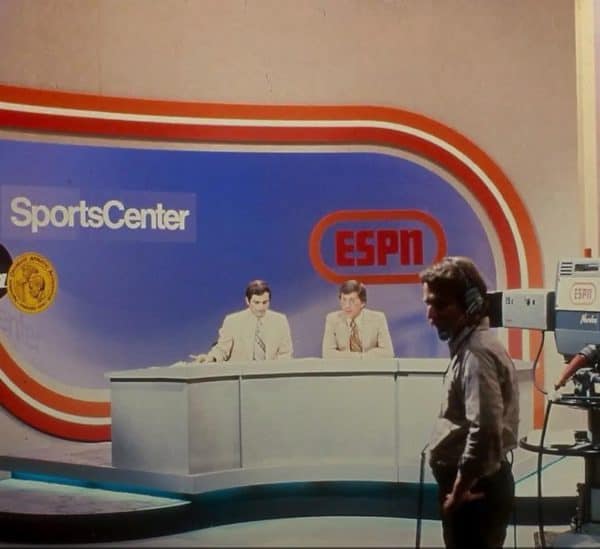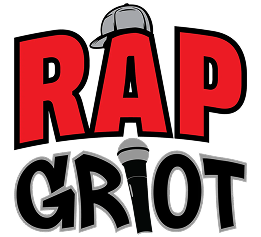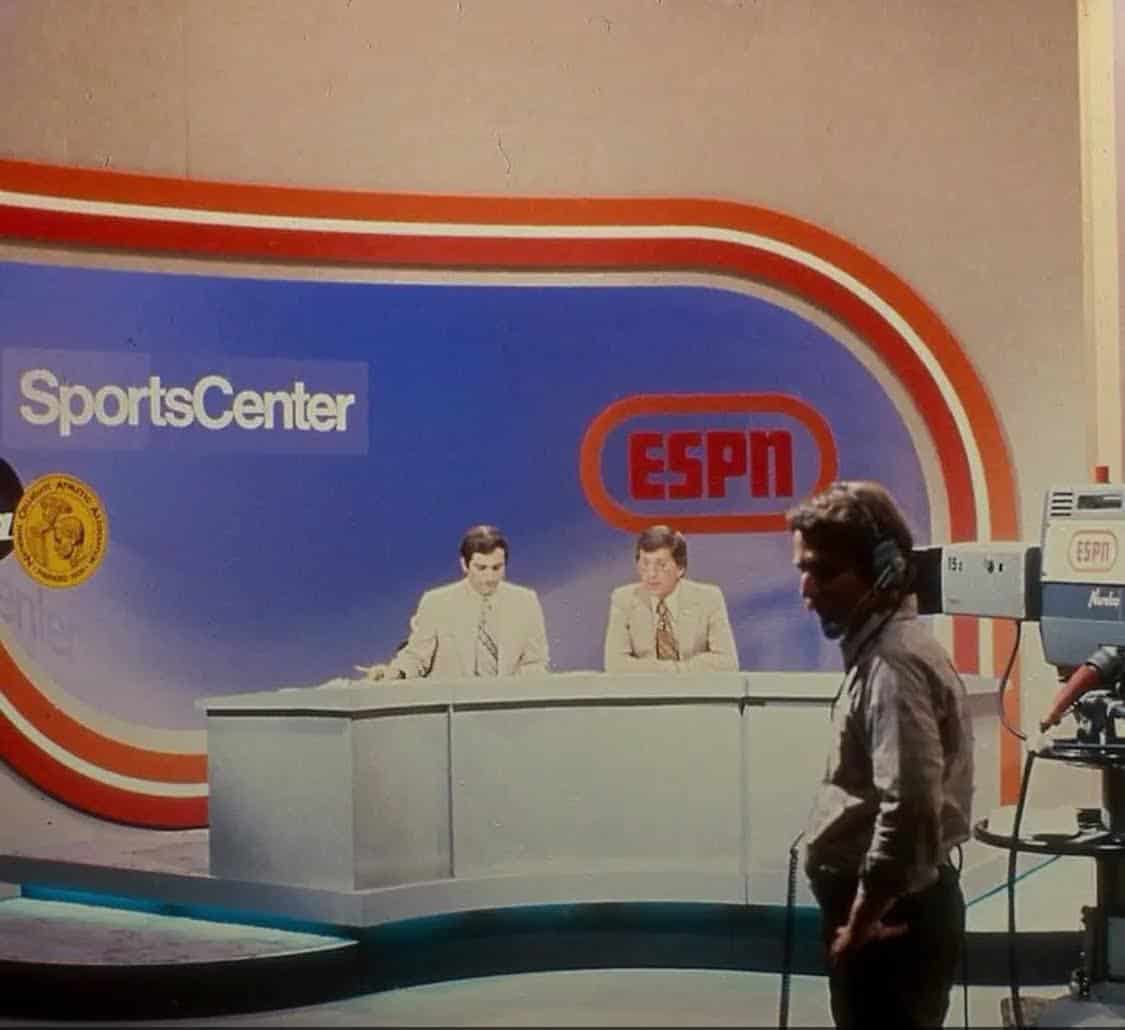
On September 7, 1979, at exactly 7 p.m. EST, television sports history was made when ESPN officially launched its first broadcast. Roughly 30,000 viewers tuned in to see the brand-new 24-hour sports network, highlighted by the premiere of SportsCenter with anchors Lee Leonard and George Grande.
Leonard welcomed the audience with a line that perfectly set the tone for what ESPN would become: “If you love sports…if you really love sports, you’ll think you’ve died and gone to sports heaven.” Grande then delivered the first score ever announced on the network — Chris Evert’s victory over Billie Jean King at the U.S. Open.
That first SportsCenter ran for only 30 minutes, featuring mostly videotaped highlights. Immediately after, ESPN rolled out a slow-pitch softball game, along with niche programming like wrestling and college soccer, laying the groundwork for the network’s “something for every sports fan” approach.
Still, ESPN’s early years were anything but easy. The network faced major financial struggles and teetered on the brink of collapse. A turning point came in 1980, when Anheuser-Busch executive Michael Roarty convinced the beer giant to invest $1 million into ESPN. A year later, the company added another $5 million to keep the sports experiment afloat. Looking back in a 1994 interview with the St. Louis Post-Dispatch, Roarty called the decision a no-brainer: “We gave them $1 million that first year. And if we hadn’t, they’d have gone under… I believed the beer drinker was a sports lover… The next year, we gave them $5 million. I think it turned out to be the best investment we ever made.”
That early lifeline not only kept ESPN alive, but also set the stage for the network to revolutionize sports media. From humble beginnings with 30,000 viewers to today’s global reach of millions across multiple platforms, ESPN’s impact on how fans consume sports is undeniable. And it all started 46 years ago with a half-hour of highlights on SportsCenter.

